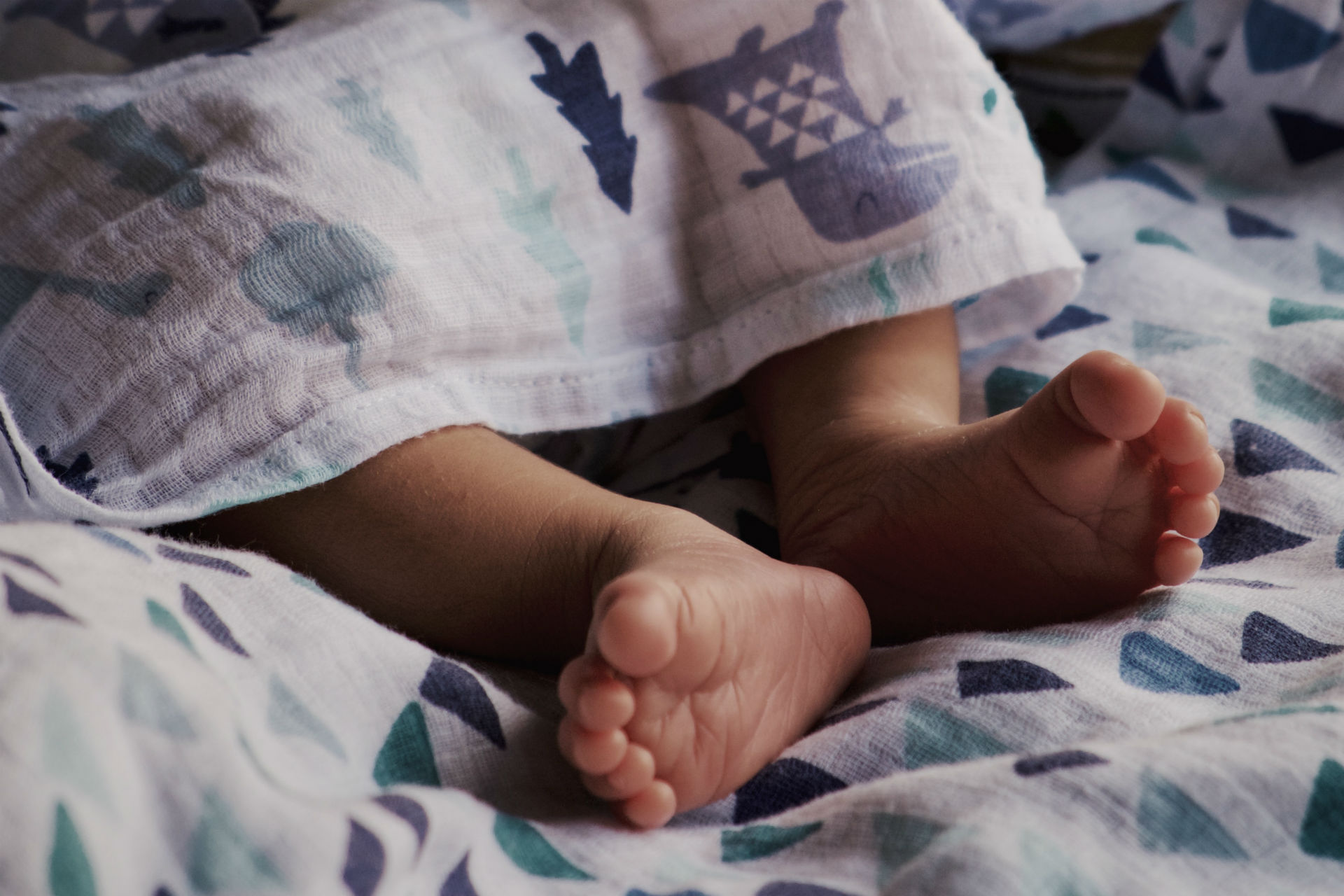My mom thinks it is hilarious when she tells people that I didn’t have my first bath until I was three months old. I don’t think it’s that funny. I also don’t find my baby pictures all that humorous. I was unable to have the oh-so-cute newborn shots done because my legs were spread eagle, due to a cast.
I was born with a dislocated hip. While hip problems are somewhat common in newborns, only one or two in a thousand will have a completely dislocated hip (I knew I was special). The other hip issue is typically hip dysplasia.
According to Dr. Charles Price, Director at the International Hip Dysplasia Institute, hip dysplasia occurs when the ball and socket are not in the correct alignment. “This may range from loose ligaments and a slightly loose hip joint all the way to a completely dislocated hip. Babies may be born with hip dysplasia, but some cases develop and worsen after birth,” says Dr. Price. “Approximately 10 percent of hip dysplasia cases are the loose or dislocated type that occur in babies, and the other 90 percent are shallow sockets without looseness that are found later in life.”
Breech babies, children with a family history of hip problems, and first-born girls (oddly enough) are more at risk of hip dysplasia than other kids.
Jane Humberstone of Edmonton, gave birth to Hannah nine years ago. “She was perfection to me,” says Jane. “The doctor saw something else. Hip dysplasia. One bad hip, maybe two. At six days old we brought our beautiful baby girl to the hospital for an assessment. We came home with her wrapped in a pink Velcro harness. She’d be in it 24 hours a day, for six weeks.”
A harness or brace is the typical treatment for dysplasia, which will hold the hips in the joint until they grow and develop for a few months. For Jane, This was not how she had imagined bringing her baby home. “With my Hannah’s legs splayed out, I couldn’t cuddle her close to me. Breastfeeding felt awkward, not intimate. Bath time? Gone. Sponge baths only, on account of the brace.”
The good news is that five out of six dysplasia cases are fixed by the brace. However, if it doesn’t do the trick, a cast may be required. For hip dysplasia that continues into the walking age, surgery may be needed to repair the ligaments and socket.
Luckily for Jane and her daughter, surgery was not needed. Hannah did require a new brace several times, but before age one, the brace was off and she began to walk. “We hoped that by putting our baby in a harness she wouldn’t have to go through the pain of surgery later in childhood,” says Jane. “It’s a much bigger deal, with casts and time away from activities and school. Or worse, pain as an adult.”
Nine years later, Jane and Hannah celebrated when doctors told them the treatments had worked and that no surgery would be required.
Signs of hip dysplasia can be hard to detect. Here’s what Dr. Charles Price says:
Mild dysplasia is difficult to detect by examination. Completely dislocated hips are also difficult to detect before three months of age. Pain is almost never present until adolescence. Dislocated hips don’t spread apart like normal hips so the parent may notice difficulty with putting on a diaper. Sometimes the hip can clunk in and out of the socket when the thighs are spread to apply a diaper.
One thigh may be shorter than the other if one hip is dislocated and the other is not. Buttocks creases may be uneven when one hip is dislocated. Hip dislocation doesn’t delay walking, but a toddler with dislocated hips will sway side-to-side more than toddlers that don’t have a dislocated hip.
Parents who think their child has an unusual limp should discuss this with their pediatrician so he/she can complete a more thorough examination or do imaging studies such as ultrasound or x-ray.
To prevent hip dysplasia:
- Avoid tight swaddling with the thighs and legs bound together.
- Have regular appointments with your pediatrician for examinations as your child grows. This is especially important during the first six months of life because pediatricians are trained in techniques to detect this common condition.
- Babywear with the infant in the “M” position. This is healthy for hip development because the hips are flexed and spread in the “spread-squat” position that supports healthy hip development.
Originally published in ParentsCanada magazine, Spring 2017.










